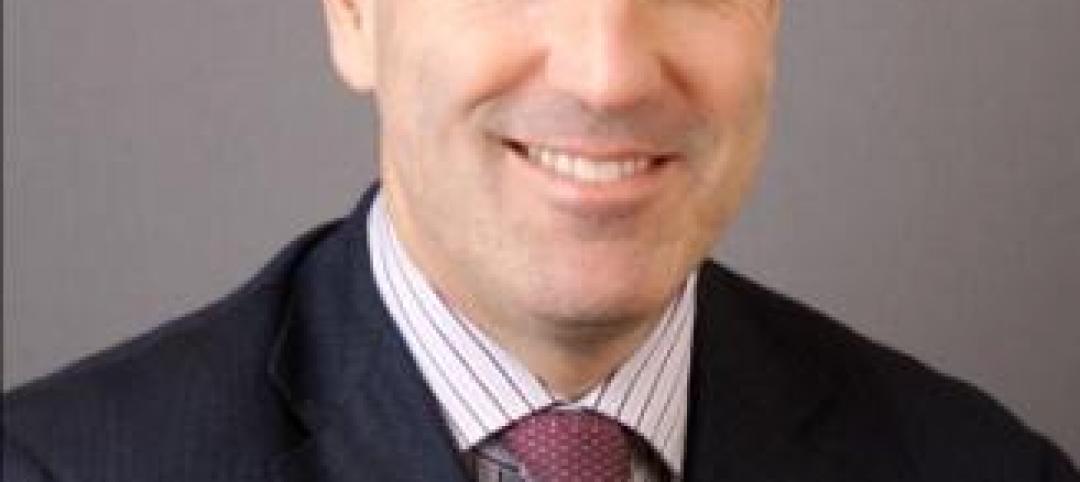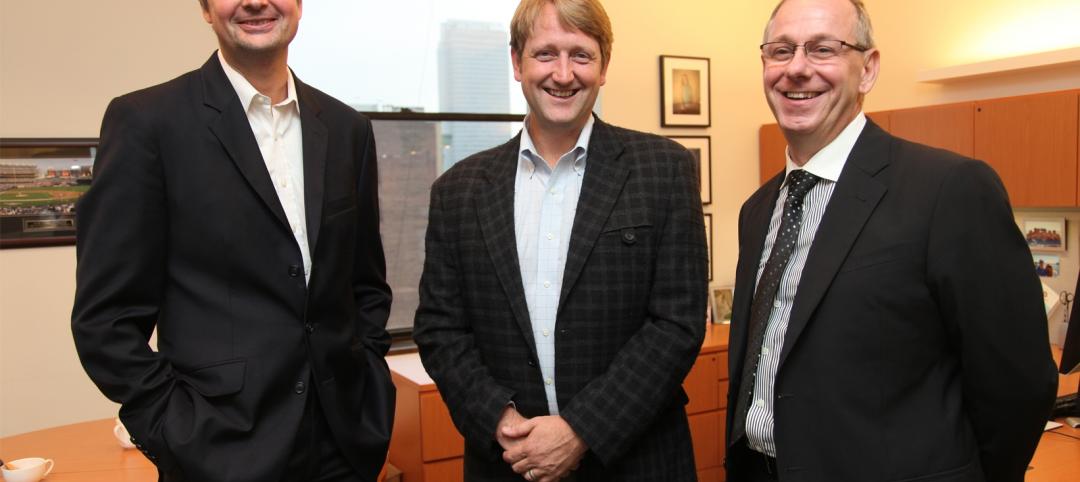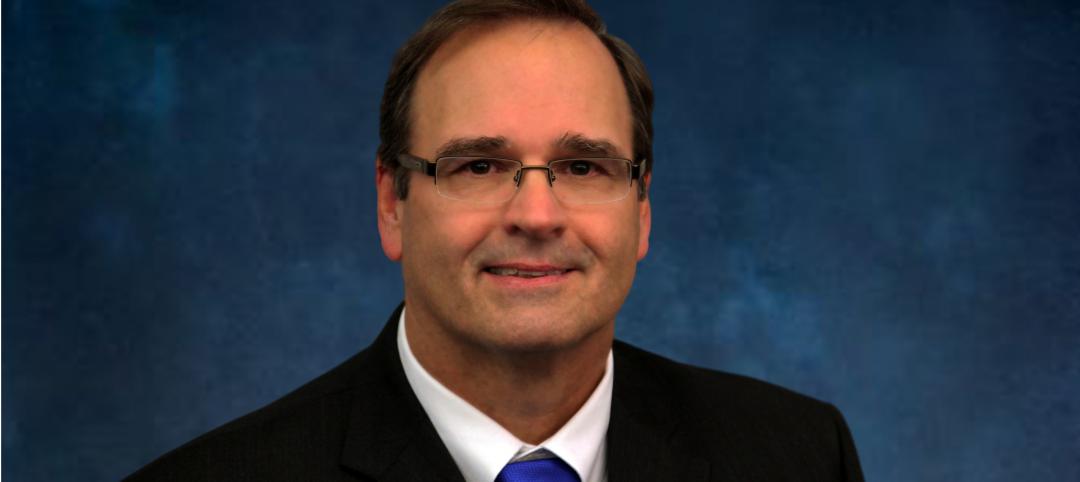Private equity has a perception problem in the architecture, engineering and construction (AEC) world. Much of what people think they know is based on the corporate raiders who lay-off staff, close factories, and do a quick flip for a profit. While these situations make the news, this approach does not work in the AEC sector. This sector is all about human capital, and retaining employees and clients.
Most of the private equity (PE) firms active in the AEC sector work quietly in the background to partner with management, hold for longer periods, and build a win-win for investors and the firm. At a minimum, AEC firms contemplating ownership transition should consider private equity as a viable option. Here is why:
Quicker payout for retiring members and higher exit valuation. AEC firm owners typically spend a substantial portion of their career—sometimes the entirety of it—guiding and trying to build a successful firm. Such leadership usually involves sacrifices and commitments that non-owners don’t have to make (and may not even know about).
When it is time to cash out, it is only fair that these owners are compensated for the value that they helped to build. And, while both private equity firms and large strategic buyers in the AEC space typically pay market value – as opposed to a discounted and prolonged internal transition—private equity firms tend to pay selling owners more up front with fewer restrictions.
In May 2021, in a transaction coordinated by PSMJ, private equity firm Godspeed Capital announced a strategic investment in Prime Engineering, Inc. (Prime Engineering), an 80-person architecture, engineering, and surveying firm based in Atlanta. Thomas Gambino, P.E., who started the firm in his house in 1990, said the private equity investor met his target price, while also committing to protect and grow the culture of excellence and legacy that Gambino had established.
Gambino says that other factors drove the decision to choose Godspeed over several other suitors, but getting fair market value for the firm that he and the other shareholders spent 30 years building was an important consideration.
“A lot of owners of A/E businesses are not very sophisticated financially so they undervalue their business,” says Gambino. “The only way to make sure you get fair market value is to get bids from non-engineering firms. If you really study the value, take your engineering hat off, get into the financials of the business and hire a good advisor, you’re going to have better exit alternatives. At the end of the day, maximizing shareholder value and protecting our culture were the priorities.”
Better stewardship of your culture and firm legacy. Despite the desire to optimize value, many AEC owners hesitate to consummate a deal because they can’t bear to see their hard-earned firm legacy and culture vanish when absorbed into a larger entity. Private equity buyers can offer an attractive alternative to a large strategic buyer because their model creates new platforms that require the retention of key management and a legacy culture that helps ensure against employee departures
As an example, Godspeed acquired Richmond-based Austin Brockenbrough & Associates, LLC (Brockenbrough) simultaneously with Prime Engineering. Godspeed partnered with the engineering firms’ management to establish a premier, multi-discipline engineering and consulting services growth platform providing services globally to a wide range of public- and private-sector clients.
“When we started out, we really weren’t interested in private equity,” says Bruce Sadler, P.E., Managing Partner. “We were looking to merge, but not necessarily to be eaten up by a bigger firm. We wanted to retain our current culture and our independence to a certain degree. We were at this for several years, and it took a long time to get here, but we ended up realizing that private equity was the best fit for us.”
Sadler and fellow principal Bob Polino say that Godspeed was the buyer that most completely met all of the goals that they established early in the process. “We wanted someone that would value our whole firm and invest in growing all of our market segments,” says Polino, who has taken on a greater leadership role as Sadler is easing toward retirement.
“We also wanted help investing in our corporate infrastructure, in areas like marketing, IT, human resources, and recruiting,” says Polino. “We wanted a fair employment agreement with staff, with no reductions, and we wanted a strategic plan in place to scale our workforce and infrastructure to address the growth in our core markets. And even though it wasn’t the most important factor, we wanted a fair and equitable price. We had several good offers from really good companies, but when it all came together, it became easy to choose.”
Ability to offer more leadership and ownership incentives for key employees. Another advantage that private equity offers is a growth opportunity for emerging leaders. “We were interested in not only ownership transition, but also leadership transition,” says Sadler at Brockenbrough. “We have three partners slowly working their way out, all on different time frames. We’ve promoted from within for our three market sectors—Bob is already running our site department—and we already had the future leaders for the other two. There are a lot of moving chairs, and new opportunities with people moving up. We have some amazing people in the next generation, and I look forward to seeing them step up.”
Douglas T. Lake, Jr., Founder and Managing Partner of Godspeed Capital, says that a major focus of his firm’s investment strategy is to foster leadership transition. “There’s a point in time when owners desire liquidity and a seamless transition of ownership. Typically, the younger generation of management doesn’t have the capacity or experience to execute a management buyout. This is when private equity can perform as a positive catalyst,” says Lake, who has a nearly 20-year private equity career as an investor in Government & Engineering Services firms between his time at DC Capital Partners and Veritas Capital prior to founding Godspeed Capital in 2020. “At Godspeed we value management equity participation in any capacity, as we want management to ‘think like owners’ while aligning incentives towards the execution of the long-term strategic plan.”
Because PE deals are usually recapitalizations—meaning that a percentage of the firm’s equity is “rolled over” (i.e., retained by some or all of the selling shareholders)—employees can continue to hold ownership in the combined entity. When the private equity firm is ready to cash out its investment, which is usually in a five- to seven-year window, employees can conceivably purchase the firm back. Other options include selling to a strategic buyer or recapitalizing with a different private equity firm. “Godspeed’s expertise and experience in building AEC businesses offers founders and management a growth-oriented playbook that can deliver a more meaningful future realization opportunity,” says Lake.
The investment in Prime Engineering and Brockenbrough is Godspeed Capital’s first AEC platform, which both firms regard as a positive. “We had several good offers—from private equity and strategic buyers—but when our partners met face-to-face, we all felt more comfortable with Godspeed,” says Polino. “We had a lot of faith in the team because they had experience in our industry. We also liked that we were their first acquisition as part of their vision to build an AEC platform as part of an organic and acquisition growth strategy.”
Greater access to capital and management expertise. As it relates to future growth and prosperity, the primary advantage that a private equity firm brings to an AEC firm is the flexibility that a substantial amount of capital provides. With nearly 4,000 U.S. private equity firms holding approximately $2 trillion in available capital—“dry powder” is the industry term—AEC firms desiring to make strategic investments can readily receive the capital they need to pursue ambitious goals that can pay off big down the line.
Lake says that reinvesting in the recapitalized firm’s strategic initiatives is imperative to driving long-term equity value creation. “If you invest in your people, culture, technology, and corporate infrastructure to enhance your support of your customers, while engaging your people with high-quality work and career advancement opportunities, you optimize the potential for growth and margin improvement over the long-term,” he says. “There is great potential for generating EBITDA growth in smaller companies. The Godspeed Team believes in taking a patient approach. In order to position a platform for step function growth over the next five years, we may take EBITDA margins sideways or even slightly down by reinvesting the cash flow back into the business while taking a longer-term view. The short-term investment impact offers the potential for stronger long-term performance.”
Despite positives, caution is warranted
Concerns about private equity’s role in AEC ownership transition may be exaggerated, but they are not entirely without merit. Investors expecting to spin off an AEC firm in less than five years are likely to be disappointed, for example. “Our time horizon is five to seven years,” says Lake. “We have the capacity with our investor base and current investment program to focus long term. This is important because the metrics we focus on—bid and proposal activity, headcount growth, utilization, EBITDA growth, and backlog—require investments in new business development, recruiting, technology, and other corporate infrastructure to drive outperformance over the long term.”
Other valid concerns include holding at-risk rolled equity that you no longer control, disruption of the firm’s culture with too strong a focus on profit growth and through additional acquisitions, and reduced ownership transition opportunity when compared with an internal transition.
As always, with regard to evaluating any potential suitor in an ownership transition scenario, thorough due diligence is critical. And while deal fatigue can become a real factor in a prolonged process, owners should avoid settling for a flawed deal just because they spent time, money and emotional energy pursuing it.
“It’s stating the obvious, but cultural fit is really important,” says Polino. “We went down different paths with different firms, and when we realized the cultural fit wasn’t right, we ended the process. It was painful to start over again, but who you’re working with is pretty important. We felt comfortable with Godspeed, culture-wise. We liked them and, six months into it, we still like them.”
ABOUT THE AUTHOR
Karl Wohler is a Sell-side M&A Advisor for PSMJ Resources, Inc., the leading publishing, executive education, and advisory group devoted completely to improving the business performance of A/E/C organizations worldwide. Karl has a BS in Chemical Engineering from the University of Massachusetts and an MBA from Babson College.
Related Stories
| Jan 12, 2012
3M takes part in Better Buildings Challenge
As a partner in the challenge, 3M has committed to reduce energy use by 25% in 78 of its plants, encompassing nearly 38 million-sf of building space.
| Jan 11, 2012
DOE announces guide for 50% more energy efficient retail buildings
The 50% AEDG series provides a practical approach for designers and builders of retail stores, and other major commercial building types, to achieve 50% energy savings compared to the building energy code used in many parts of the nation.
| Jan 11, 2012
Mortenson starts construction of Rim Rock Wind Project
Renewable energy contractor to build 189-megawatt wind project in Sunburst, Mont.
| Jan 9, 2012
Shawmut appoints Les Hiscoe COO and EVP
In his new role, Hiscoe will focus on developing the Company’s field services divisions; national business in retail, hospitality, gaming, and sports venues; Tri-State business in academic and healthcare; sales and marketing; and human resources
| Jan 9, 2012
Thornton Tomasetti acquires green consulting firm Fore Solutions
International engineering firm launches new building sustainability practice.
| Jan 9, 2012
METALCON International 2012 announced
METALCON 2012 is scheduled for Oct. 9-11 at the Donald E Stephens Convention Center, Hall A, Rosemont, Ill.
| Jan 9, 2012
Lutron appoints Pessina president
In his 35-year career with Lutron, Pessina has acquired broad experience in the engineering, quality assurance and manufacturing areas.
| Jan 9, 2012
A new journey for KSS Architects co-founder
Kehrt's legacy of projects include Rutgers University's Biomedical Engineering Building, the renovation and expansion of Cornell University School of Hotel Administration, the recent new campus center at The Richard Stockton College of New Jersey and Princeton Township's Municipal Complex.
| Jan 8, 2012
TCA releases The Construction of Tilt-Up
The newest publication from the TCA is the second in a planned trilogy of resources covering the architecture, engineering and construction of Tilt-Up
| Jan 8, 2012
WHR Architects promotes Joel Colwell, AIA, to principal
With over 30 years of experience, Colwell has managed large-scale, complex projects for major healthcare systems as well as challenging smaller renovations and additions — all with notable success.
















